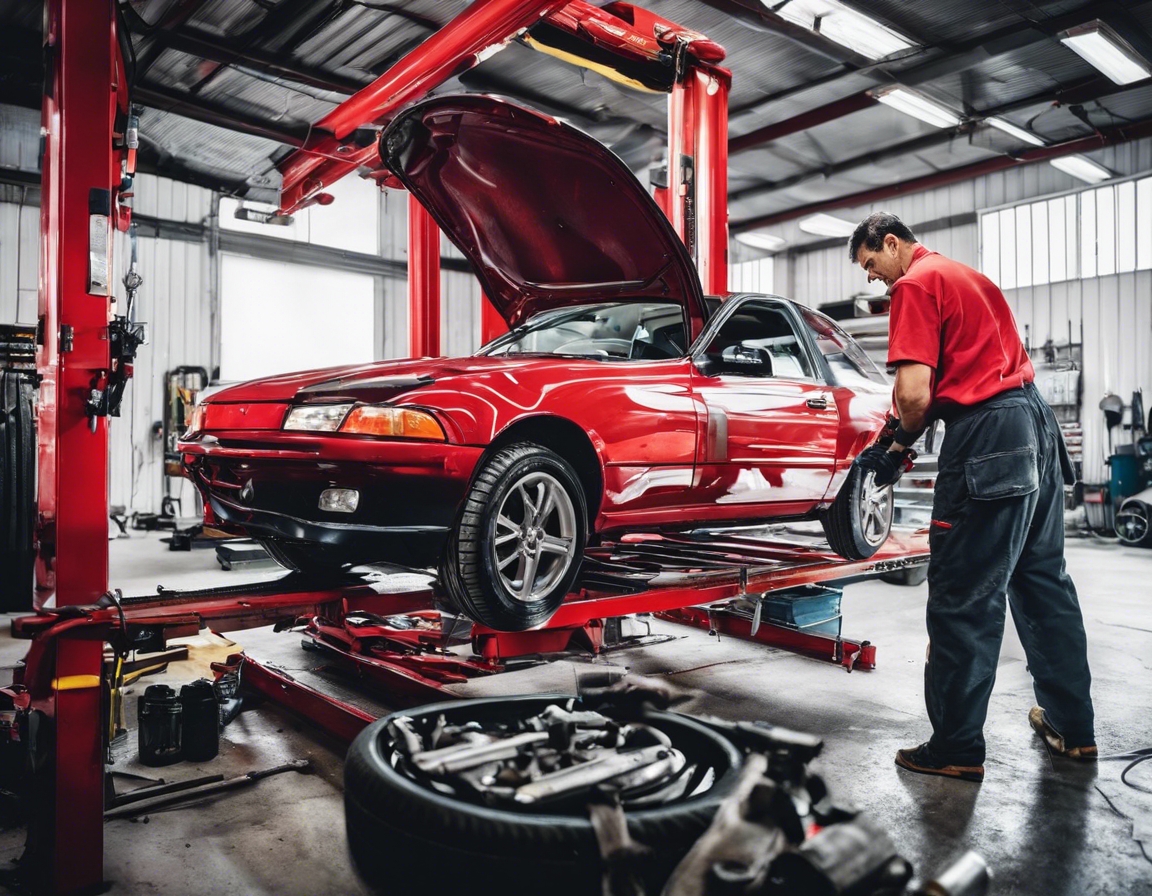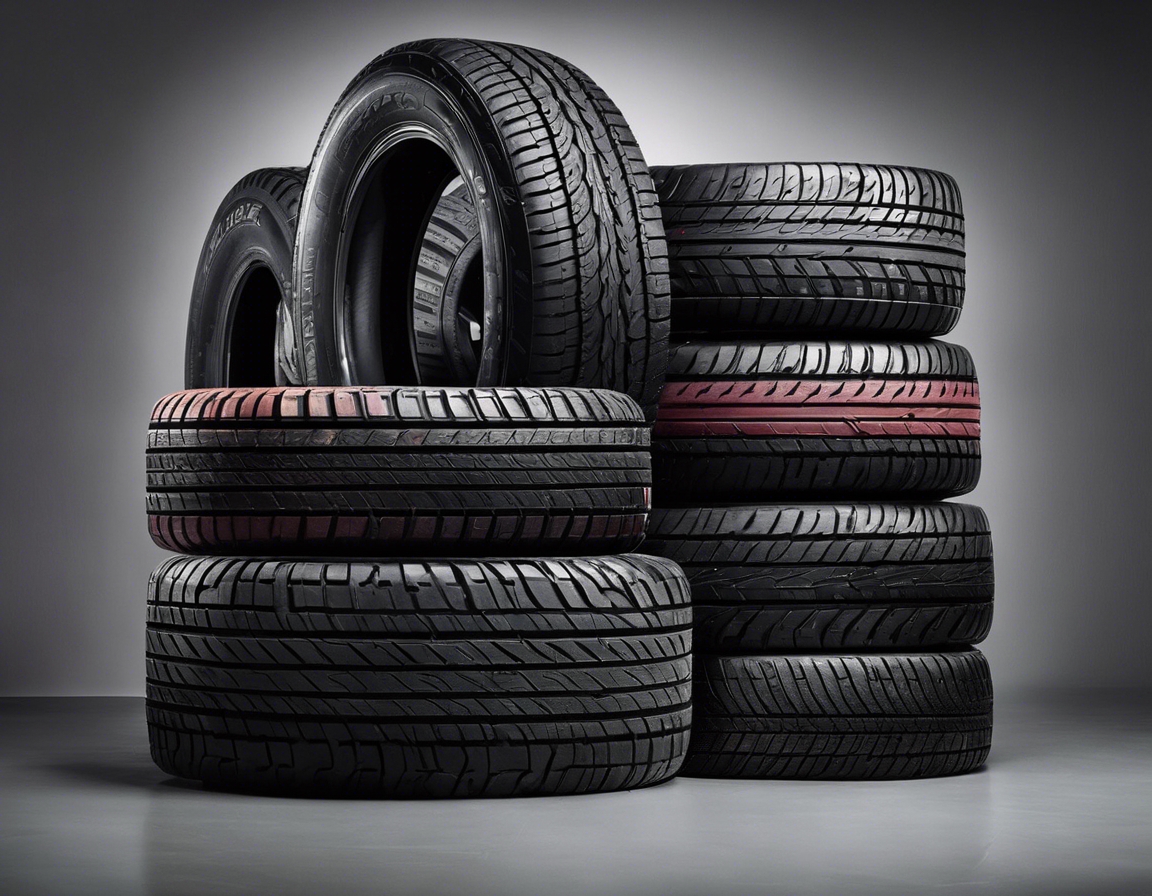5 signs your tyres need immediate attention
Ensuring your vehicle is equipped with well-maintained tyres is crucial for safety, performance, and efficiency. Neglecting tyre maintenance can lead to dangerous driving conditions and costly repairs. Here are five signs that indicate your tyres need immediate attention.
Understanding Tyre Wear and Performance
Tyres are the only point of contact between your vehicle and the road, playing a pivotal role in handling, braking, and stability. Properly maintained tyres ensure optimal performance and safety.
Several factors contribute to tyre wear, including driving habits, road conditions, tyre pressure, and vehicle maintenance. Understanding these can help you extend the life of your tyres.
Sign 1: Tread Wear
A tyre's tread depth is critical for maintaining grip on the road, especially in wet conditions. A tread depth gauge can be used to measure if your tyres are below the legal limit of 1.6mm.
Irregular wear, such as bald spots or uneven tread wear, can indicate alignment issues or the need for tyre rotation. These conditions can compromise your vehicle's safety and should be addressed immediately.
Sign 2: Sidewall Damage
Inspecting your tyre sidewalls for cuts, cracks, or bulges is essential. These damages can weaken the tyre structure, leading to a potential blowout.
Sidewall bulges typically indicate internal damage, often caused by hitting a curb or pothole. This is a serious concern that requires immediate tyre replacement.
Sign 3: Excessive Vibration
While some vibration is normal, excessive shaking may signal tyre issues. It could be due to misalignment, imbalance, or internal tyre damage.
Regular wheel alignment and balancing checks can prevent uneven wear and vibrations, ensuring a smoother ride and longer tyre life.
Sign 4: Tyre Pressure Issues
Incorrect tyre pressure can cause poor handling, increased wear, and higher fuel consumption. Maintaining the recommended tyre pressure is vital for tyre performance.
Regularly checking your tyre pressure, including the spare, can help you detect leaks or other issues early on. Most vehicles now come with a tyre pressure monitoring system (TPMS) for added convenience.
Sign 5: Age of the Tyres
Tyres have a lifespan, and even with minimal use, they should be replaced every five to six years. The manufacturing date can be found on the tyre sidewall, indicated by a four-digit code.
Old tyres can become dry and brittle, leading to reduced performance and increased risk of failure. If your tyres are approaching or have surpassed their expected lifespan, consider replacing them.






Comments (0)